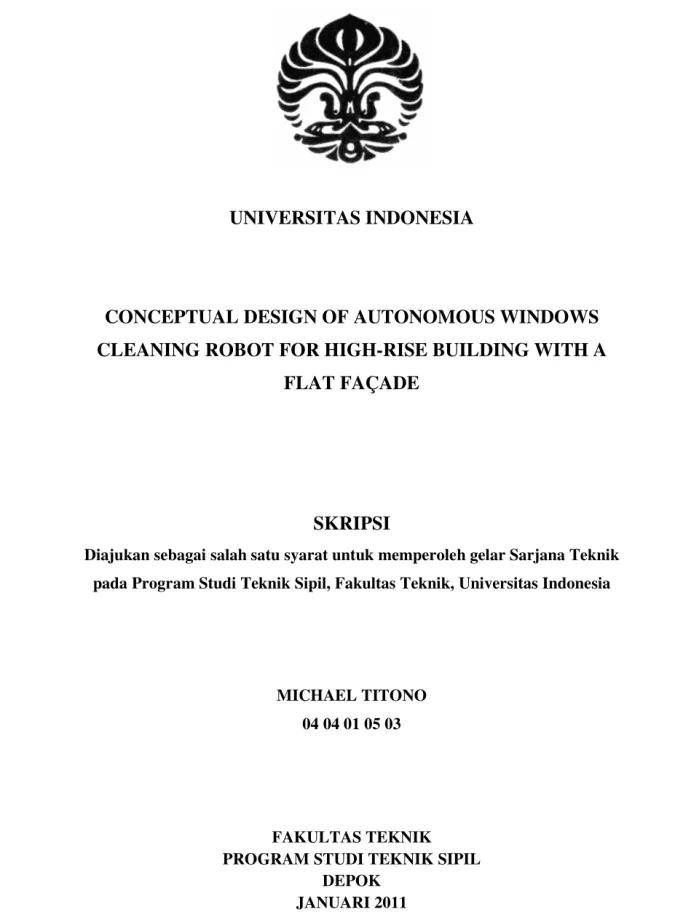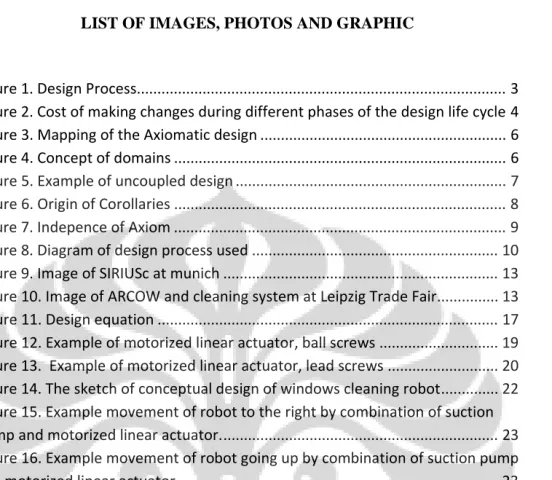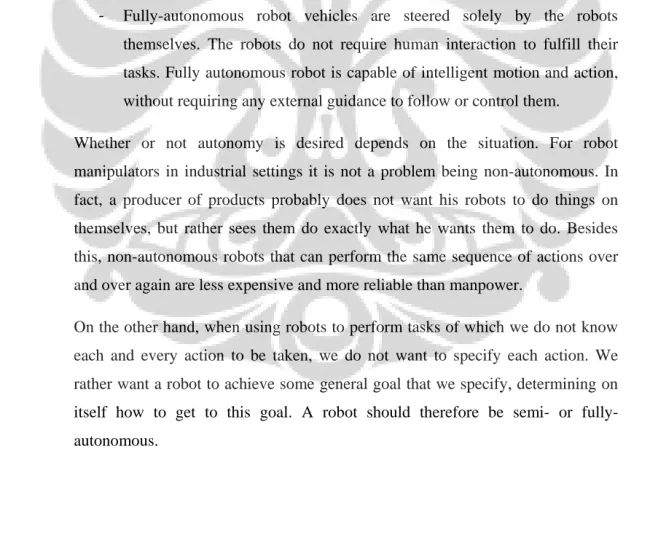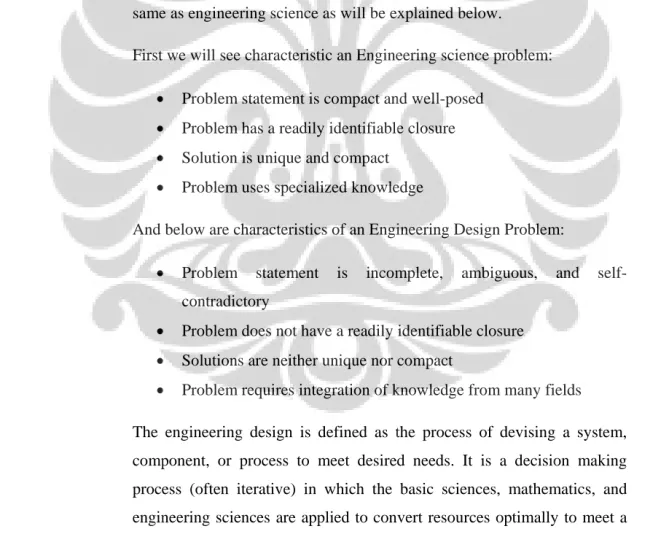The geology of the island of Sulawesi long remained poorly known compared to other parts of the Dutch Indies. He was also probably the first to describe common glaucophane-bearing metamorphic shales from SW Sulawesi, which are drained by the Pajangkene River (Wichmann, 1893; presumably derived from the Bantimala basement). One of the more significant journeys was across central Sulawesi, from Bone Bay via Lake Poso to the bay in Figure 5.
In homage to the Sarasins pioneering expeditions in Celebes, Abendanon named it the 'Fossa Sarasina' (the graben of the Sarasins). This was the first geological-geographical expedition in Central Sulawesi since the more geographically/ethnographically focused trips of the Swiss cousins P. In his book and several later papers (e.g. Abendanon, 1918), Abendanon argued that 'the volume of nickel ore in the Verbeek Mountains will make the Dutch East Indies one of the richest.
Perhaps the most useful part of the Abendanon map today is to realize how much of Sulawesi was unexplored in 1913 ("empty" areas; Figure 10).
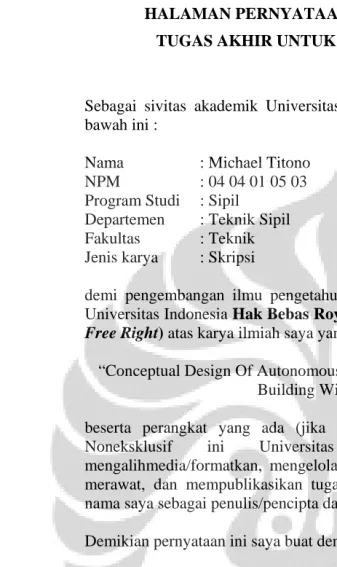
The Brouwer-Hetzel-Straeter Sulawesi expedition (1929)
Metamorphic rock samples collected during the Brouwer 1929 expeditions were later described at the University of Amsterdam by Willems (1937), De Roever (1947) and Egeler (1947). 1 Willems' (1937) petrographic study of the metamorphic rocks showed that all the rocks were of epi- to meso-metamorphic grade, with a general increase in metamorphism from East to West;. Map showing the main geological terrains of Sulawesi: mainly granites in the West, crystalline schists in the center and ultrabasic igneous rocks and Mesozoic deep marine sediments in the East (Brouwer, 1947).
In a petrographic work on metamorphic rocks from east-central Sulawesi, De Roever (1947) proposed two metamorphic facies: (1) an older intermediate P/T epidote-amphibolite facies overlain to the west by (2) a high-P glaucophane blueschist facies (generally associated with subduction zones).
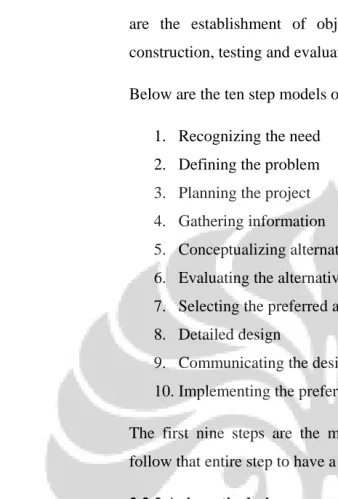
GEOLOGICAL SURVEYS/
- The role of the Geological Survey (Dienst van het Mijnwezen)
- First geological-mining reconnaissance by Mijnwezen,
- Sulawesi geological reconnaissance by R. Verbeek
- Geological-mining projects by the Geological Survey (1909-
The results of the 10-year fieldwork project were compiled in a 3-volume, 840-page report entitled 'Building blocks for the geology of the Manado Residency' (in Dutch) (North and North Central Sulawesi). Part of the geological sketch map of the eastern Dutch Indies by Verbeek (1908), showing that most of Sulawesi was still geologically uncharted territory at the time. We now know how well this fits with Salayar being a rift shoulder at the western edge of the Neogene opening of Bone Bay and the Banda Sea.
Mijnbouw (Bureau of Mines/. Geological Survey of the Netherlands Indies) was established in 1850, but for the first four decades of its existence, projects in Sulawesi were probably limited to the brief survey of coal in SW Sulawesi by Schreuder (1854) and the gold mining survey in North Sulawesi by Van Schelle in 1886 (see also above). It shows the west-dipping 'old shale' overlain by Eocene sand, coal and Nummulites limestone, overlain by Miocene limestone, intruded by the younger 'phonolite' of the Maros Peak. Cool of the Dienst van het Mijnwezen (Geological Survey) conducted some reconnaissance surveys of South Sulawesi and the southern part of Central Sulawesi in 1909.
Van Waterschoot was critical of Ahlburg and Abendanon's earlier work, while Abendanon (1915) strongly criticized his conclusions. The project provided new documentation of Pretertiary complexes of steeply dipping shales unconformably overlain by Cretaceous greivakes. It included detailed maps of the Tondong Koerah, Podo, Batoekoe and Malawa Eocene coalfields, but these Sulawesi coals were only exploited during the Japanese occupation.
In SW Sulawesi in 1914 he collected potassium lavas from the Maros Peak area and other areas previously sampled by H. In an appendix to Dieckmann & Julius (1925), Van der Vlerk distinguished three groups of pelagic rocks that formed the sedimentary cover of the east. Sulawesi ophiolite complex: red radiolarian chert (Jurassic). During the first part of the project in 1923, Koolhoven explored the Banggai Islands and the eastern arm of Sulawesi (Koolhoven, 1930; Figures 17, 18).
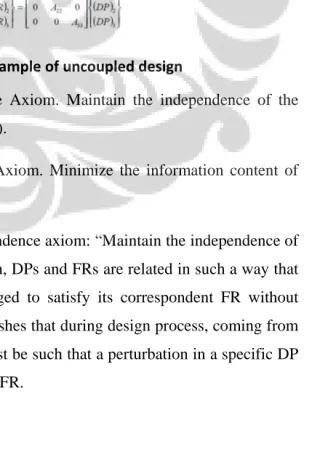
EARLY GOLD
- First gold prospects evaluation in North Celebes by
- First European gold mining by entrepreneur Dr. Hermann
- The Sulawesi gold rush of the late 1890s
- Gold prospectivity evaluations for private
Parmentier accompanied Van Schelle during the North Sulawesi survey in 1886 and around 1897-1904 was Director of the Exploratie en Mijnbouw Maatschappij Gorontalo gold mining company. At the time, North Sulawesi was still geologically virtually terra incognita, and the gold prospectors mainly focused on areas around the very small indigenous gold mines that were already in operation there before. Van Schelle characterized the geology of North Sulawesi as a mixture of granite, diorite, andesite and Late Tertiary clastic sediments and limestones.
Siber was not a geologist, but he had a strategy of exploring around the older (mostly abandoned) native gold mines, then negotiating with the Rajas of the small kingdoms of North Sulawesi for mining permits. Many of the gold mines in North Sulawesi around 1900 were operated by English and Australian mining engineers. Initial successes and unrealistic estimates of gold reserves in North Sulawesi in the 1890s led to a speculation-driven "gold rush" across the Dutch Indies in the late 1890s.
Bucking from the University of Strasbourg in Alsace (then part of Germany) visited the Dutch Indies in 1898 as an adviser to tobacco entrepreneur August Janssen's Amsterdam-based Mijnbouw-en Industrie Syndicaat. After advising on petroleum geological matters in NE Sumatra, Bucking visited SW and North Sulawesi in June-September 1898. Bucking reported this rock from the base of the Nummulites limestone, suggesting an Eocene age of the basalts, but 't Hoen and Ziegler ( 1917) considered it a much younger intrusion.
Ahlburg spent several months in Sulawesi in 1909, presumably on behalf of one of the gold mining companies, although the peak of the 'North Celebes gold rush' was over by then. Although his personal survey work covered only a limited area, Ahlburg made a thorough effort to summarize his and other geologists' work (Ahlburg and even ventured to propose a tectonic model of the island. Needless to say, his tectonic synthesis was something premature, given the sporadic knowledge of Sulawesi's geology at the time and its complexity.
PETROLEUM GEOLOGICAL SURVEYS
The first geological reconnaissance in the eastern part of Sulawesi was by the German geologist Johannes Wanner, carried out a two-month geological survey in January-March 1905 on behalf of the Royal Dutch Petroleum Company ('Koninklijke') (Wanner. Wanner mainly visited the SE side of the East Arm, along Peleng Strait, near Toeli, Nambo, etc. In and around the Central Mountains he described (1) ultrabasic rocks, (2) widespread Eocene limestones with Alveolina, Discocyclina, and Nummulites (which he noted resembled the Alveolina limestone of Misool; (3) Early Miocene shallow water carbonates with Lepidocyclina and Miogypsina; (4) conglomerates of.
Wanner interpreted the gabbros as intrusions into Early Miocene limestone with Spiroclypeus and Lepidocyclina (Wanner, 1910), but these are now recognized as part of the East Sulawesi ophiolite complex. As a follow-up to Wanner's 1905 work in the eastern part, the Royal Swiss-Dutch geologist Hans Hirschi conducted a exploratory geological survey of the western part of the East Sulawesi Arm in July–August 1909. He then traversed the east arm to the south , to the Gulf of Tomori (the same route would cross Abendanon in 1910), encountering peridotite, diabasic and radiolarite and red slate.
Another and more thorough episode of geological work carried out by the BPM in the eastern arm of Sulawesi was in 1927-1929. Von Loczy reported on fieldwork in February-July 1928 in the Bongka River region in the western part of the Sulawesi East arm. Von Loczy also significantly expanded knowledge of the open marine Mesozoic stratigraphy here, which includes 300–500 m of dense Middle Triassic (Norwegian) limestones rich in Misolia, deep marine Late Jurassic belemnite limestones and white and red radiolarian-bearing Upper Jurassic-Pelagic Cretaceous limestones.
The work of Kundig (1932) was an early attempt at petrographic characterization of the basement metamorphic rocks of Sulawesi, in which he recognized zones of gneiss, phyllite, glaucophane schist, etc. Kundig (1956) is an elegant summary of BPM fieldwork in the East. and Central Sulawesi in 1929-1930 by Swiss geologists E. Figure 22; for the Kundig geological map of East Sulawesi, see the Van Gorsel & Subroto Tanjung Api paper; this volume). All the geologists of the late 1920s who worked in the Eastern Flank and east Central Sulawesi (Kundig, Von Loczy, Brouwer) arrived at the same interpretation of the structural style of the area: saturated Mesozoic-Tertiary marine sediments in the style of the Alpine belt. overthrust from the north and west by a large ultramafic sheet.
MODERN’ TIMES (1970s- now)
Foreign academic teams also entered the area in the late 1970s, including the University of London under the leadership of Dr. Other significant academic groups active in Sulawesi were French (Villeneuve, Cornee, Bellon, etc.; with Indonesian PhD students B. Priadi, I. Syafri and Y.S. Yuwono), Australian (M. Elburg, Surono, S. Soeka) and Japanese (K.Wakita and others; with Indonesian PhD students A. Kadarusman, A. Jaya, A. Maulana, Munasri and others) . For a more complete list of the many contributors to the geology of Sulawesi, see Bibliography of the Geology of Indonesia, ed.
Geologische gegevens voor delen van de afdelingen Loewoe, Pare Pare en Boni van het koninkrijk Celebes en onderhorigheden. Over de geologie van Sumalatta op Nord-Celebes en over de dort forcommenden goldfuhrenden Erzgange. Geologische aantekeningen met betrekking tot de vindplaatsen van Zuid-Toraja, samengesteld uit rapporten van mijnonderzoeken in Midden-Celebes.
Steenkoolonderzoeken in de Marosdivisie of Noorderdistrikten van de provincie Celebes en onderhorigheden. Verslag van een onderzoek naar de waarde van bekende goudafzettingen in de Gorontalo-divisie (Res. Menado). Geologie van het Noord Boengkoe en Bongka gebied tussen Tomini Bay en Tolo Bay in Oost-Celebes.
Petrografische beschrijving van eenige gesteenten uit de onderafdeeling Pangkadjene en het landschap Tanette van het gouvernement Celebes en.
